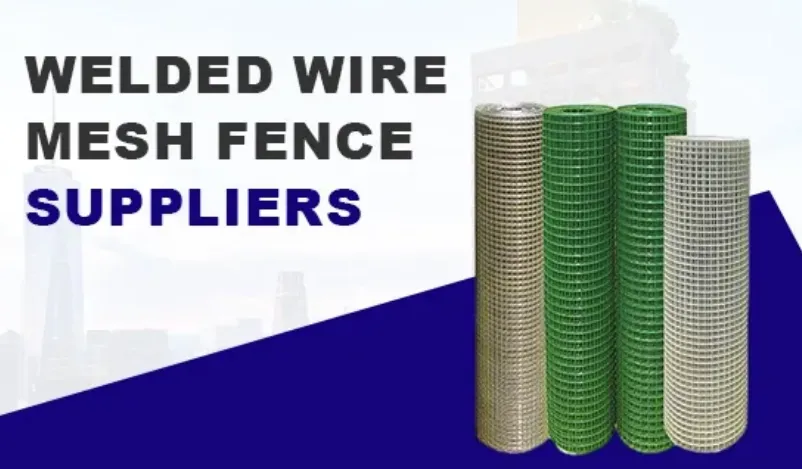
- Handy
- +8613931874955
- sales@cntcmetal.com
Wall Ties: Invisible Guardians of Building Stability
In the field of architecture, although Mauer Krawatten may not be prominent, they are a key element in ensuring the stability of building structures. With its easy to install features and enhanced structural performance, it acts as an invisible guardian, silently building a safety line for various types of buildings.

The easy installation feature of Wall Ties greatly improves construction efficiency
Brick ties design fully considers actual construction needs, using standardized components and simple installation methods. For example, many Wall Ties are equipped with specially designed anchoring devices, allowing construction workers to quickly and accurately fix the connectors in the predetermined positions on the wall using only conventional tools, without the need for complex operating procedures and professional equipment. At the same time, the connectors come with clear and easy to understand installation guidelines, allowing even inexperienced construction personnel to quickly grasp the installation points, significantly shorten the construction period, and reduce labor costs.
Enhanced structural performance is the core advantage of Wall Ties
Type 2 wall ties are made of high-strength alloy materials or high-performance composite materials, with excellent tensile, compressive, and shear resistance. In practical applications, Wall Ties can effectively enhance the connection strength between walls, making different wall parts tightly integrated into a whole. Whether dealing with normal loads in daily use or resisting natural disasters such as earthquakes and strong winds, it can maintain stability, effectively reduce the risk of wall cracking, displacement, and even collapse, and significantly improve the safety and durability of buildings.
The application scenarios of Wall Ties are very extensive
In civil buildings, from ordinary residences to high-rise apartments, it provides reliable protection for the connection of indoor and outdoor walls, ensuring the safety of the living environment; In the fields of commercial buildings and public facilities, such as shopping malls, schools, hospitals, etc., Kavitéit Mauer Krawatten help to build stable building structures and ensure the safety of a large number of people during activities. In addition, in industrial plants and warehouse buildings, the enhanced structural performance can also play an important role in maintaining the stable operation of buildings in the face of heavy equipment and high load demands.
Corrugated wall ties have become an indispensable component in the field of architecture due to their ease of installation and enhanced structural performance. It not only simplifies the construction process and improves efficiency, but also safeguards people's lives and property safety by strengthening the building structure. With the continuous advancement of construction technology, Wall Ties will also continue to optimize and upgrade, providing solid support for the development of the construction industry with superior performance and simpler installation methods.
Wall Ties FAQs
What is Wall Ties?
Wall Ties are metal or composite components used to connect double layered walls (such as brick walls and inner structural walls) in buildings, ensuring wall stability and overall load distribution. They can resist lateral forces such as wind and earthquakes, while allowing for slight thermal expansion and contraction to avoid cracking.
Why can Wall Ties enhance structural performance?
Tensile and shear design: High strength materials such as stainless steel and galvanized steel can withstand the stress between walls, preventing delamination or deformation.
Anti corrosion treatment: Special coatings or materials extend the service life and avoid structural weakening caused by corrosion.
Flexibility: Some models come with adjustable joints to adapt to wall displacement without damaging the structure.
How to ensure that Wall Ties are easy to install?
Pre drilling design: Most products match standard brick/block sizes without the need for complex measurements.
Snap on or threaded fixation: simplifies tool requirements (such as requiring only an electric drill or manual wrench).
Clear spacing guidelines: Manufacturers usually indicate horizontal/vertical spacing (such as every 600mm horizontal spacing) to reduce calculation time.
What should be noted when installing Wall Ties?
Avoid weak points in mortar joints: prioritize fixing on the main body of the block rather than at the mortar joints.
Angle and embedding depth: Tilt according to specifications (such as downward 10 °) and ensure that both ends are fully inserted into the wall.
Environmental adaptation: Stainless steel material is selected for humid environments to avoid corrosion of ordinary steel.
What are the common application scenarios of Wall Ties?
New building: Connect the exterior brick layer with the concrete interior wall to enhance overall integrity.
Reinforcement and renovation: Repair the layering or cracking problems of old walls.
Insulation layer fixation: Some models can fix external insulation boards, which have both structural and energy-saving effects.
deelen:
-
Yard Sign Stakes: Reliable Guardians of Outdoor SignsNeiegkeetenAug.04,2025
-
Resilient Web: The Super Guardian Power of Concrete MeshNeiegkeetenAug.04,2025
-
Masonry Accessories: A versatile assistant on building foundationsNeiegkeetenAug.04,2025
-
Iron Binding Wire: the 'invisible reinforcement specialist' in the fields of architecture and industryNeiegkeetenAug.04,2025
-
Dynamic Spring: The diverse functions and excellent performance of Wire Tension SpringNeiegkeetenAug.04,2025
-
Your Source for Concrete Wall Ties and Masonry AccessoriesNeiegkeetenJul.10,2025
-
Unlocking the Power of Iron Wire for Every ProjectNeiegkeetenJul.10,2025



















